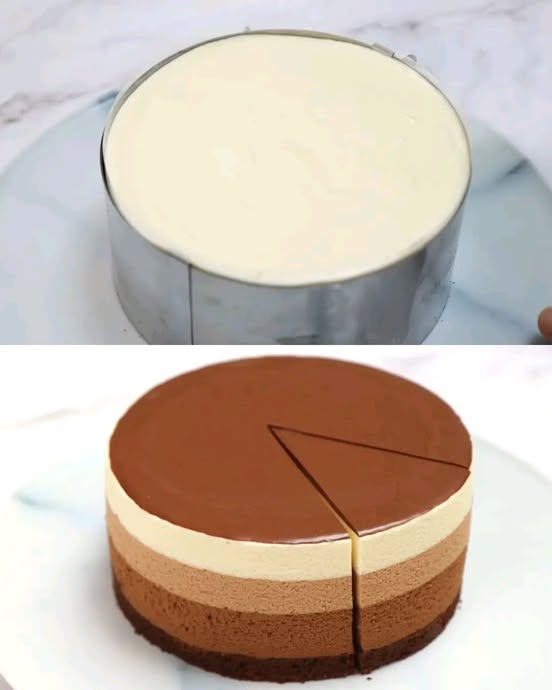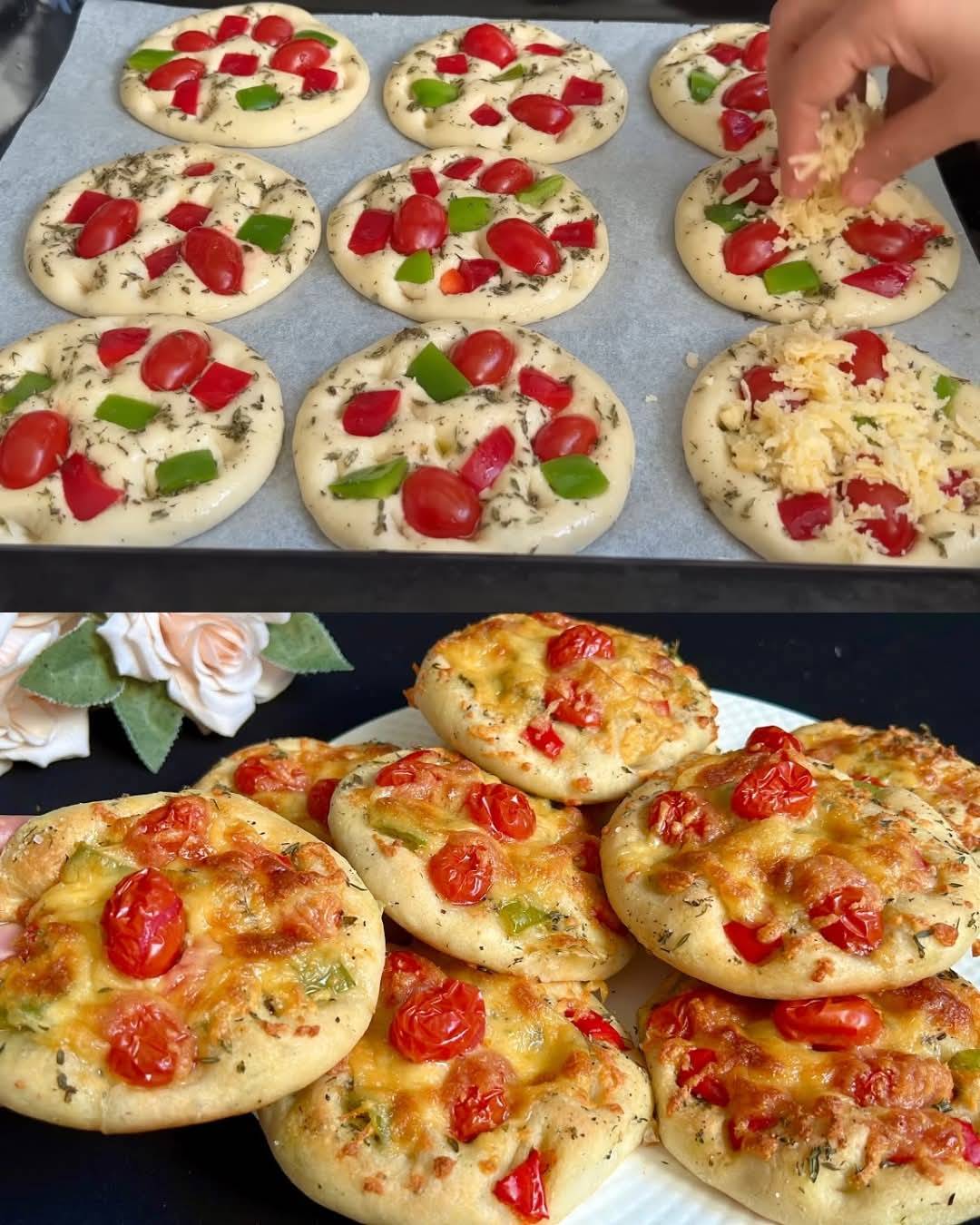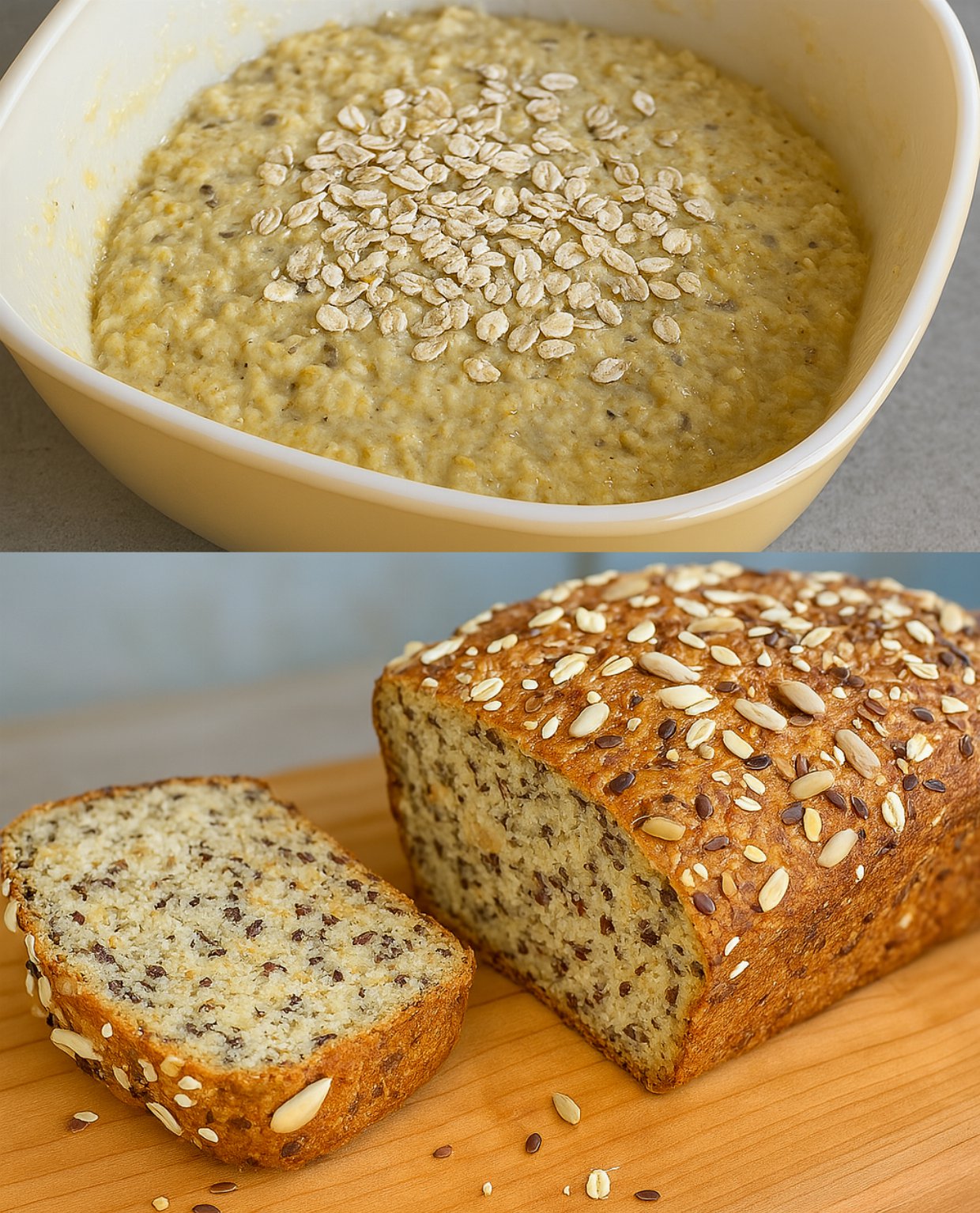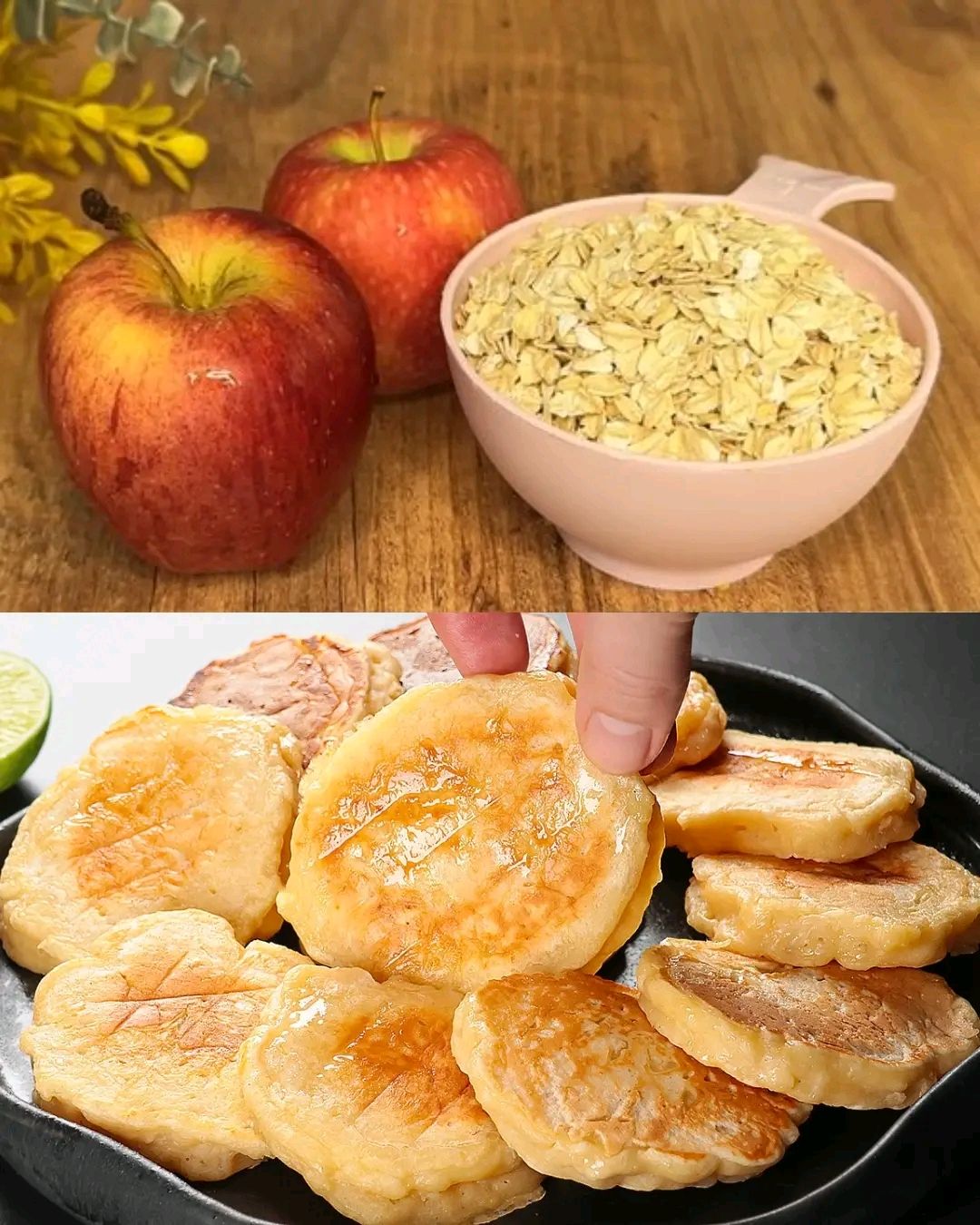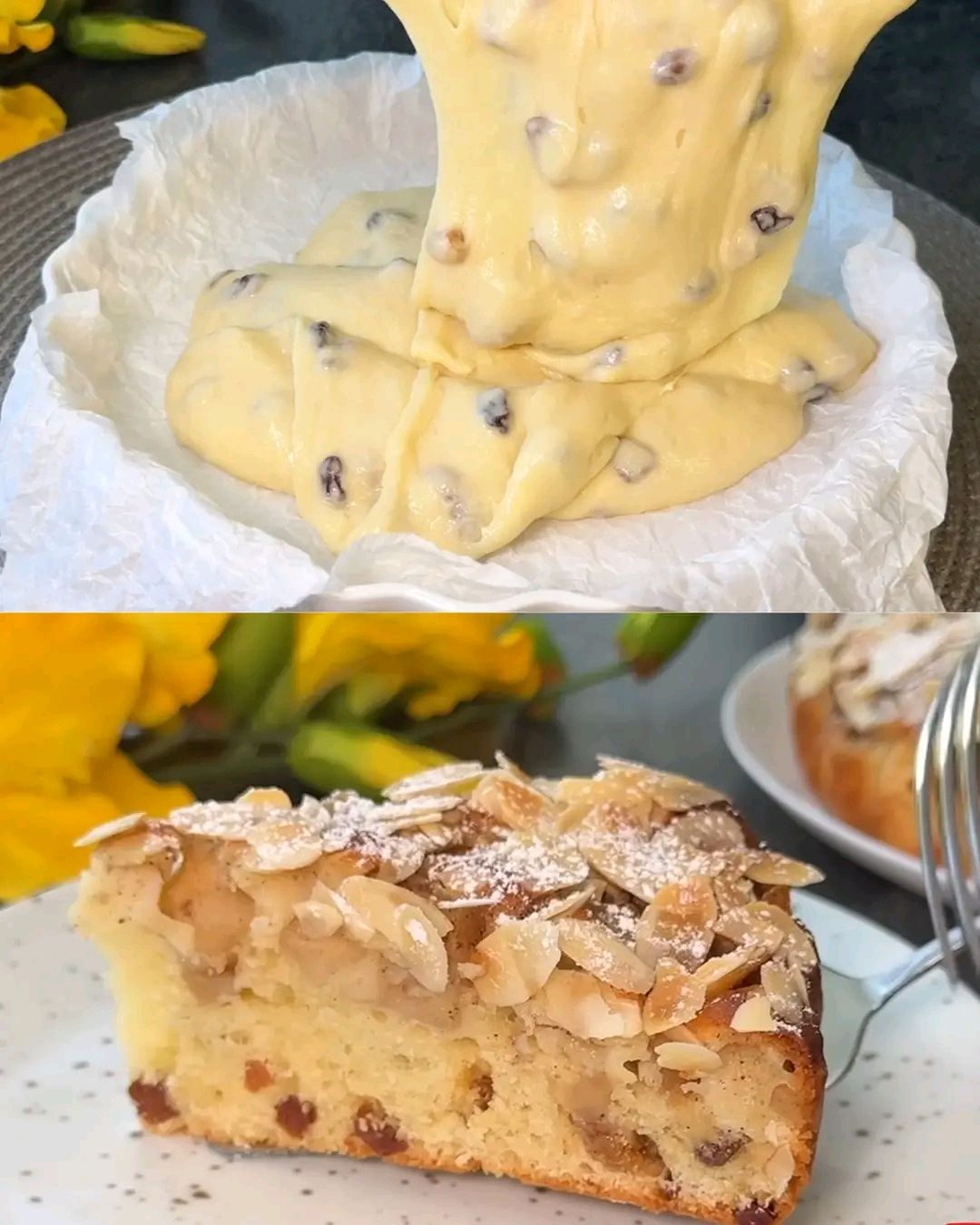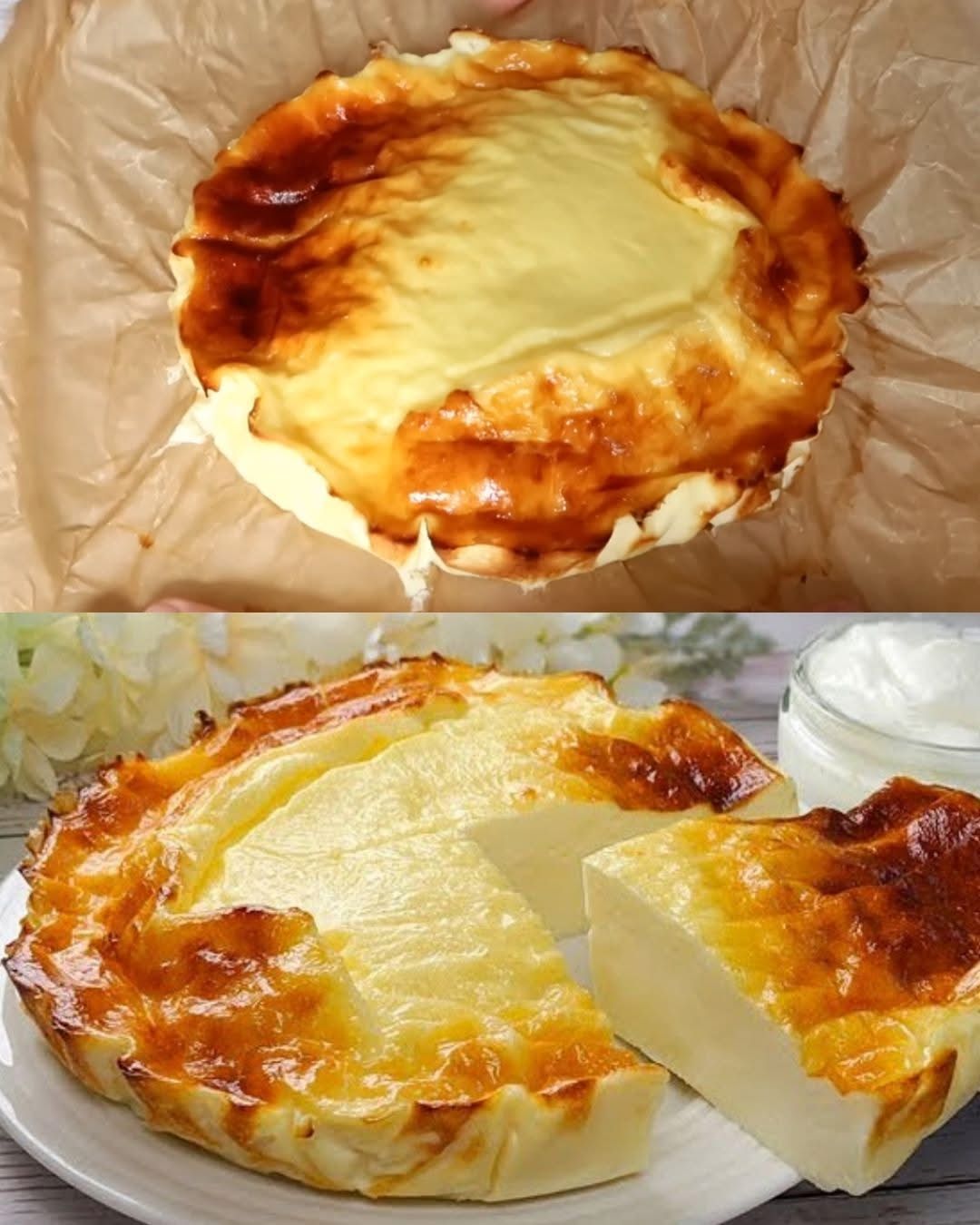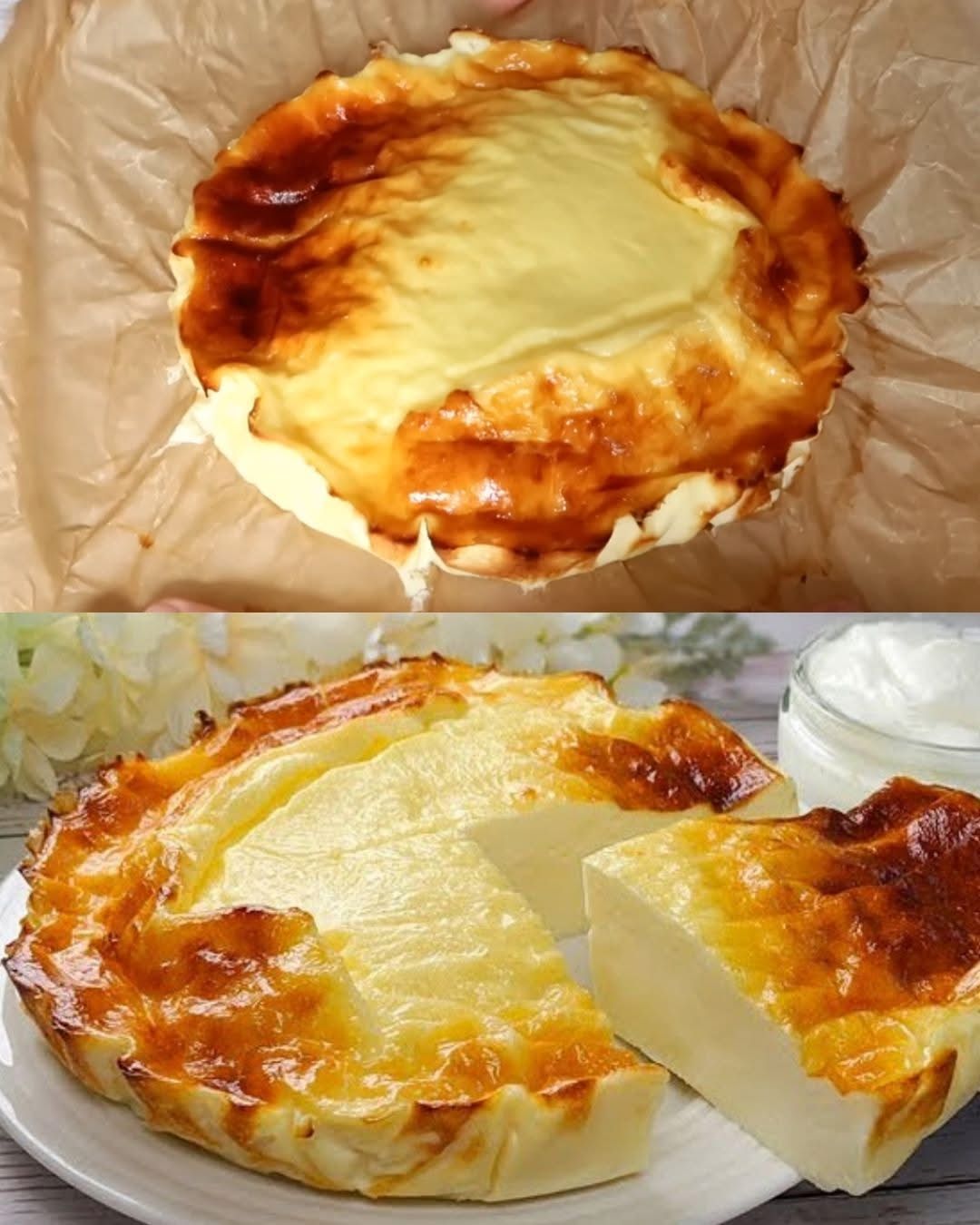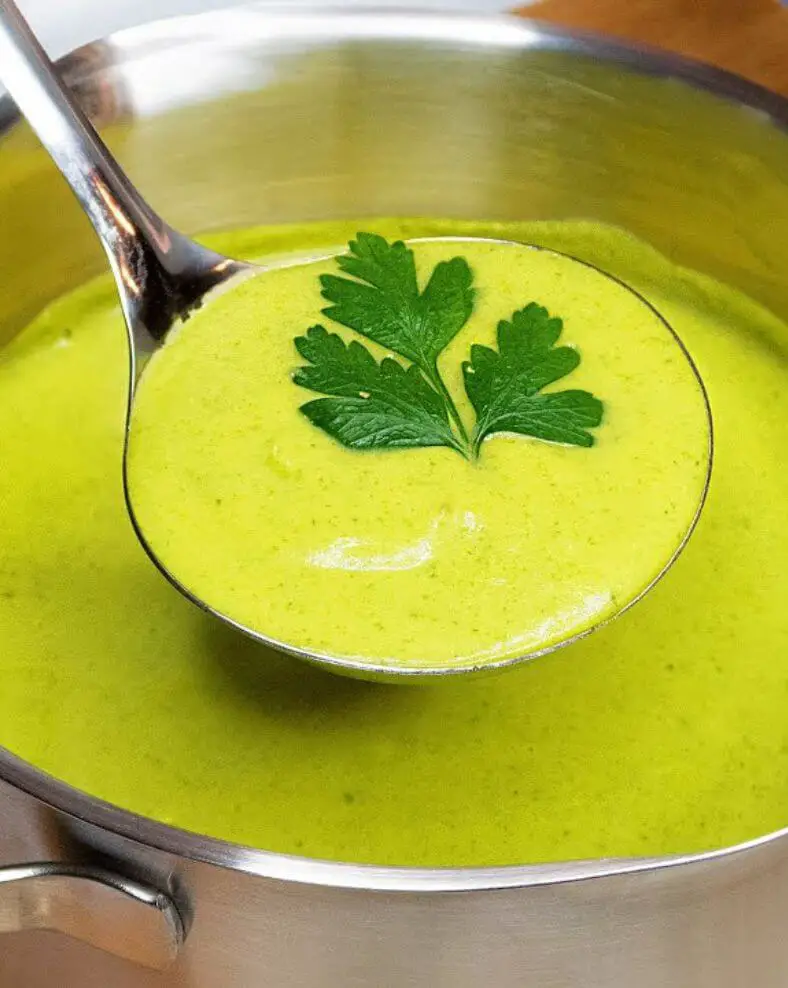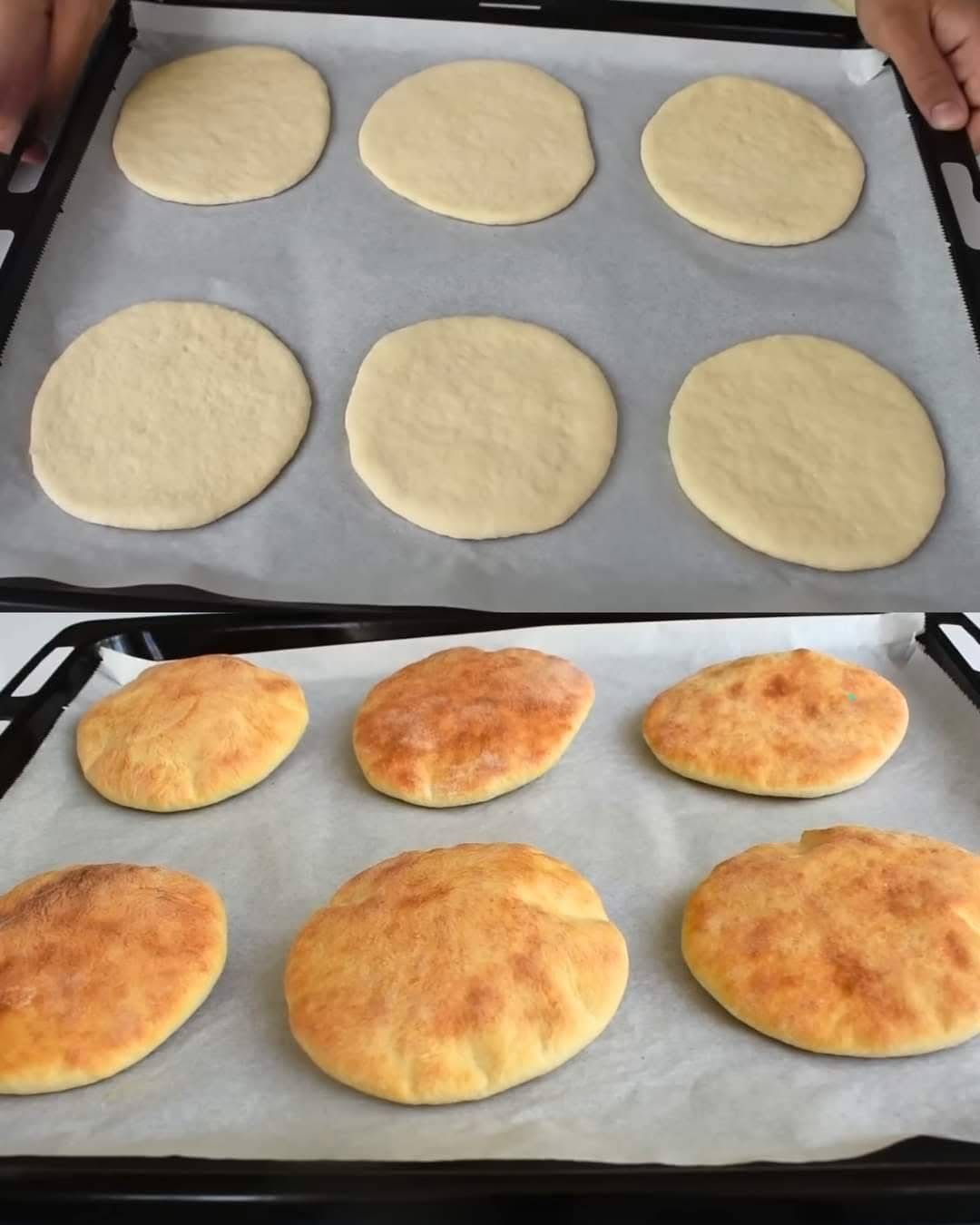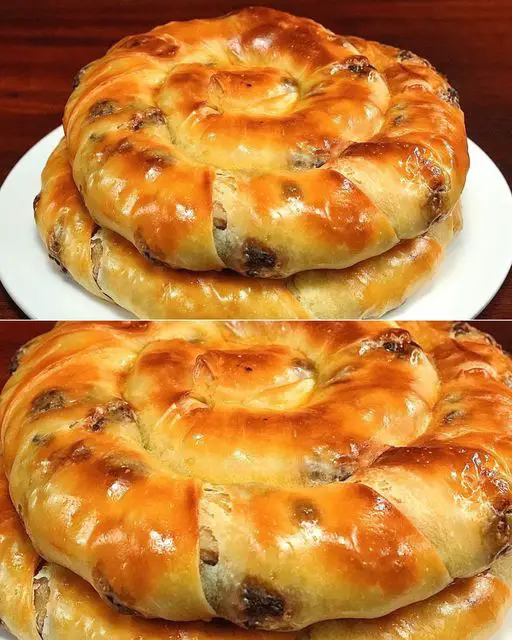This Savory Slow-Roasted Pork with Vegetable Medley & Tangy Yogurt Pickle Sauce is a stunning centerpiece that marries succulent, marinated pork with caramelized vegetables, melted cheese, and olives, finished in the oven and served alongside a refreshing yogurt-pickle drizzle. With layers of flavor—from a grainy-mustard and sweet-chili marinade to an oregano-infused roast and a honey-mustard glaze—this dish elevates humble ingredients into a gourmet feast. Perfect for family gatherings, weekend dinners, or festive occasions, it delivers comfort and sophistication in every bite.
Cooking Time
Marinating: 1 hour
Preparation & Sautéing Vegetables: 30 minutes
First Roast (Pork & Vegetables): 85–90 minutes at 190 °C (380 °F)
Glaze & Final Roast: 10–15 minutes at 180 °C (360 °F)
Braising Side Veggies: 15–20 minutes
Resting & Saucing: 10 minutes
Total Time: Approximately 3 hours including marinating
Ingredients
For the Pork Marinade & Roast:
2 kg boneless pork shoulder or loin
Salt and freshly ground black pepper, to taste (divided)
1 tsp grainy (whole-grain) mustard
2 tbsp sweet chili sauce
2 garlic cloves, minced
1 tsp dried oregano
2 tbsp vegetable oil
2 tbsp unsalted butter
1 large onion, sliced
1 large carrot, cut into chunks
2 tbsp chopped fresh parsley
200 g melting cheese (e.g., cheddar or Gruyère), shredded
100 g pitted green or black olives
For the Honey-Mustard Glaze:
1 tbsp honey
1 tsp Dijon mustard
1 tbsp soy sauce
1 tsp paprika powder
For the Braised Vegetable Side:
1 tbsp vegetable oil
1 tbsp butter
1 small onion, diced
1 zucchini, sliced
150 g mushrooms, sliced
Salt and pepper, to taste
1 tbsp mayonnaise
2 tbsp plain yogurt
2 small pickled cucumbers, finely chopped
1 garlic clove, minced
Step-by-Step Cooking Directions
Marinate the Pork
Pat the pork dry. Season all over with salt and pepper.
In a bowl, whisk mustard, sweet chili sauce, minced garlic, oregano, and a drizzle of oil. Rub the mixture evenly over the pork. Cover and refrigerate for 1 hour.
Sear & Sauté Base Vegetables
Preheat oven to 190 °C.
In a large ovenproof skillet or Dutch oven, heat vegetable oil and butter over medium heat. Sear pork on all sides until golden (about 3 min per side). Transfer to a plate.
In the same pan, sauté onion and carrot for 5 min until they begin to brown. Season lightly with salt and pepper.
Roast Pork & Vegetables
Return pork to the pan, nestling it among the vegetables. Pour any collected juices over. Sprinkle cheese and olives around the pork.
Roast uncovered 85–90 min, basting occasionally with pan juices, until pork reaches an internal temperature of 70–75 °C and vegetables are tender.
Prepare the Honey-Mustard Glaze
While the pork roasts, whisk honey, mustard, soy sauce, and paprika in a small bowl. Set aside.
Glaze & Final Roast
After the initial roast, brush the glaze generously over the pork. Reduce oven to 180 °C and roast 10–15 min more, until glaze caramelizes and pork is cooked through (internal 75 °C). Remove from oven and let rest 10 min.
Braise the Vegetable Side
In a separate pan, warm oil and butter over medium. Add diced onion, zucchini, and mushrooms. Season with salt and pepper. Sauté 5 min.
Reduce heat, cover, and braise 15–20 min until vegetables are soft.
Make the Yogurt-Pickle Sauce
In a small bowl, whisk mayonnaise, yogurt, chopped pickles, and minced garlic. Season with salt and pepper.
Serve
Carve the pork into thick slices. Arrange on a platter with roasted vegetables and braised zucchini-mushrooms. Drizzle yogurt-pickle sauce around, garnish with fresh parsley, and enjoy.
Nutritional Information (per serving; serves 8)
Calories: 520 kcal
Protein: 35 g
Carbs: 12 g
Fiber: 2 g
Sugar: 6 g
Fat: 38 g
Saturated: 12 g
Sodium: 720 mg
The Origins and Popularity of the Recipe
This roast blends Central European pork-roasting traditions (e.g., German Schweinebraten) with the French technique of braising aromatic vegetables. The honey-mustard glaze echoes American barbecue flavors, while the yogurt-pickle sauce nods to Eastern Mediterranean condiments. Its cross-cultural appeal and one-pan convenience have made it a modern favorite at family tables and festive gatherings.
Reasons Why You’ll Love the Recipe
Deep Flavor Layers: Marinade, searing, roasting, and glazing build complexity.
Textural Contrast: Tender pork, crisp-tender vegetables, and creamy sauce.
Show-Stopping Presentation: Cheese and olives add color and elegance.
Make-Ahead Friendly: Marinate and prep vegetables in advance to streamline cooking.
Family-Appeal: Familiar savory-sweet flavors satisfy all ages.
Health Benefits
Lean Protein: Pork shoulder or loin provides essential amino acids and B vitamins.
Vegetables: Onions, carrots, zucchini, and mushrooms add fiber, antioxidants, and micronutrients.
Healthy Fats: Moderate use of oil and butter with emphasis on fresh produce.
Probiotic Support: Yogurt in the sauce may contribute beneficial cultures.
Serving Suggestions
Serve with mashed potatoes, spaetzle, or crusty bread to soak up pan juices.
Pair with lightly steamed green beans or a crisp garden salad for freshness.
Common Mistakes to Avoid
Skipping Rest: Rest pork after roasting to lock in juices and ease carving.
Under-seasoning Vegetables: Salt carrots and onions early to draw out flavor.
Rushing Glazing: Allow glaze to caramelize slowly to avoid burning.
Pairing Recommendations
Wines: A medium-bodied Pinot Noir or Zinfandel complements both pork and glaze.
Beers: A Märzen or amber ale echoes caramelized flavors.
Non-Alcoholic: Sparkling apple cider or spiced herbal tea.
Cooking Tips
Uniform Slices: Carve pork against the grain for tenderness.
Glaze Consistency: Adjust honey and soy to achieve a pourable but clingy sauce.
Sauce Variations: Swap pickles in the yogurt sauce for capers or sundried tomatoes.
Similar Recipes to Try
Mustard-Crusted Pork Loin
Braised Pork with Apples & Onions
Honey-Glazed Ham with Pineapple
Mushroom-Tomato Pork Ragu
Variations to Try
Spicy Kick: Add chili flakes to the marinade and glaze.
Herbal Twist: Toss in fresh rosemary or thyme sprigs while roasting.
Vegetable Swap: Use eggplant or bell peppers in the braise.
Dairy-Free: Omit cheese and use coconut yogurt in the sauce.
Ingredient Spotlight
Sweet Chili Sauce—A Thai condiment combining red chilies, vinegar, and sugar for balanced sweet-spicy flavor. It tenderizes pork and caramelizes beautifully under heat, creating a glossy, sticky glaze.
Conclusion
This Savory Slow-Roasted Pork with Vegetable Medley & Tangy Yogurt Pickle Sauce offers a feast of textures and flavors—juicy, spiced pork; melty cheese; tender roasted and braised vegetables; and a bright, cooling sauce. Its adaptable, make-ahead nature makes it ideal for special occasions or elevated weeknight meals.
Frequently Asked Questions
Can I use bone-in pork?
Yes—adjust roast time to ensure it reaches 75 °C internal, roughly 20 min extra.
How far ahead can I marinate?
Up to 8 hours in the fridge to deepen flavor.
Can I grill instead of oven roast?
Sear on the grill, then finish on indirect heat, glazing toward the end.
Is the yogurt sauce necessary?
It adds brightness—serve with tzatziki or chimichurri as alternatives.
Can I make it gluten-free?
Yes—confirm that soy sauce and sweet chili sauce are gluten-free.
How to reheat leftovers?
Warm gently in a low oven (150 °C) covered for 15 min to retain moisture.
What cut of pork is best?
Shoulder for flavor and pull-apart texture; loin for leaner slices.
Can I double the sauce?
Yes—the yogurt sauce pairs well with veggies and other meats.
How do I store leftovers?
Refrigerate pork and vegetables separately for up to 4 days.
What sides go best?
Mashed potatoes, roasted root vegetables, or buttered egg noodles.

